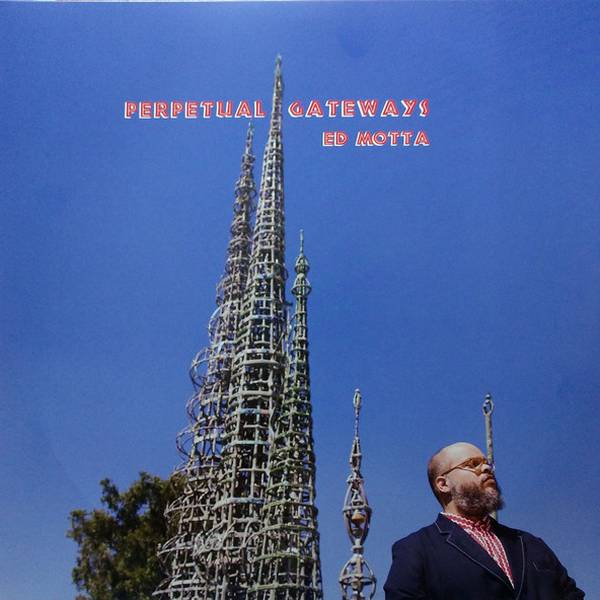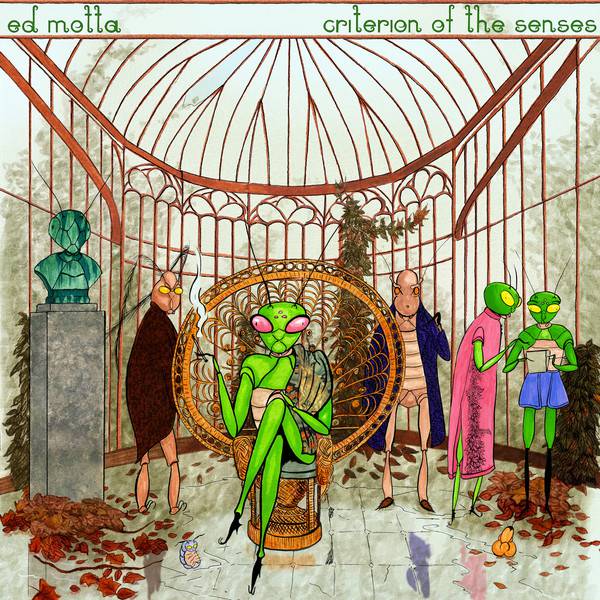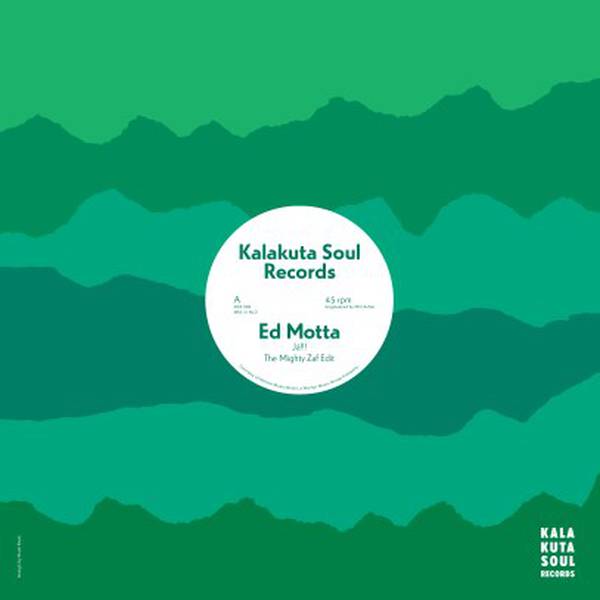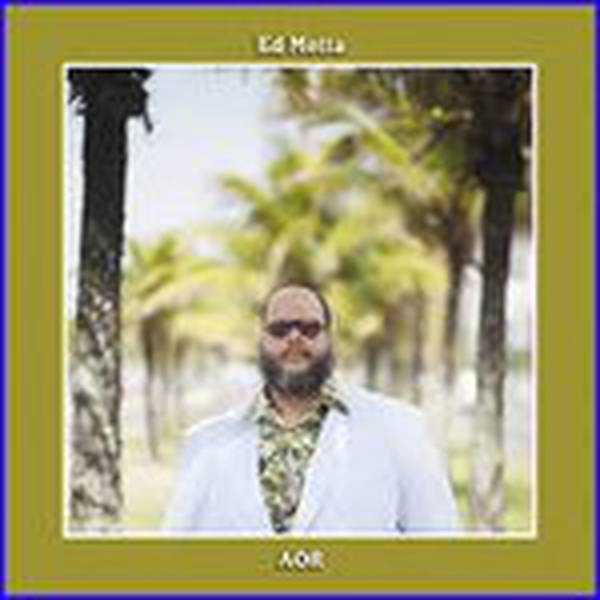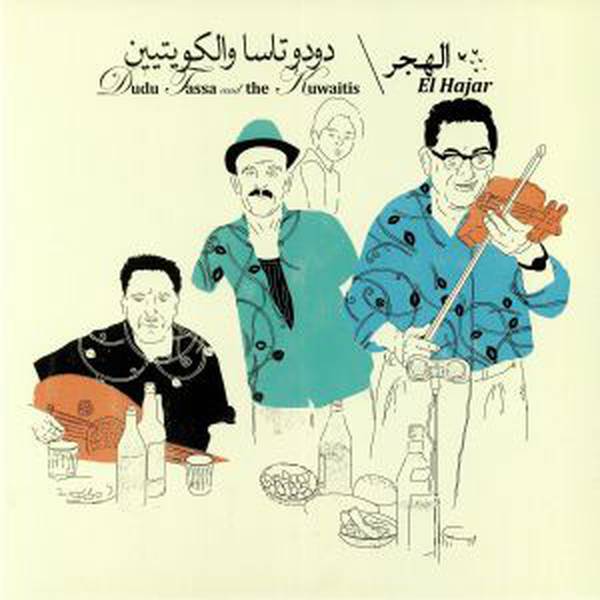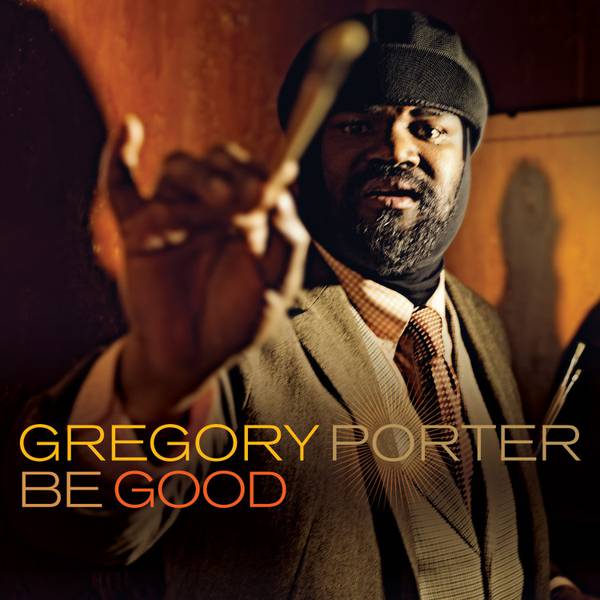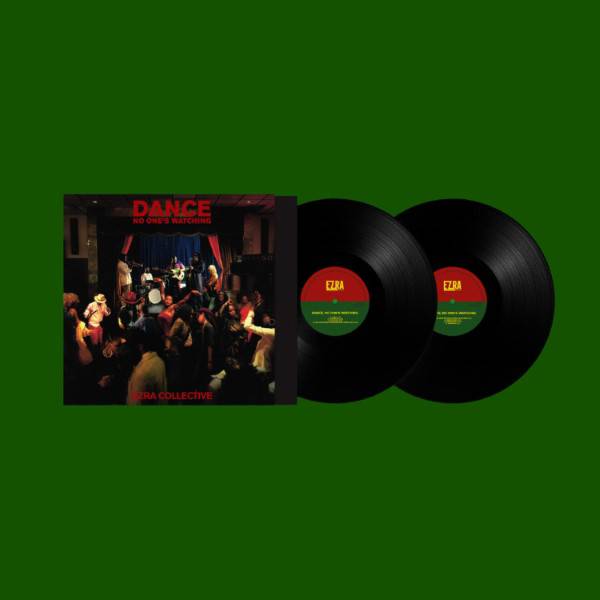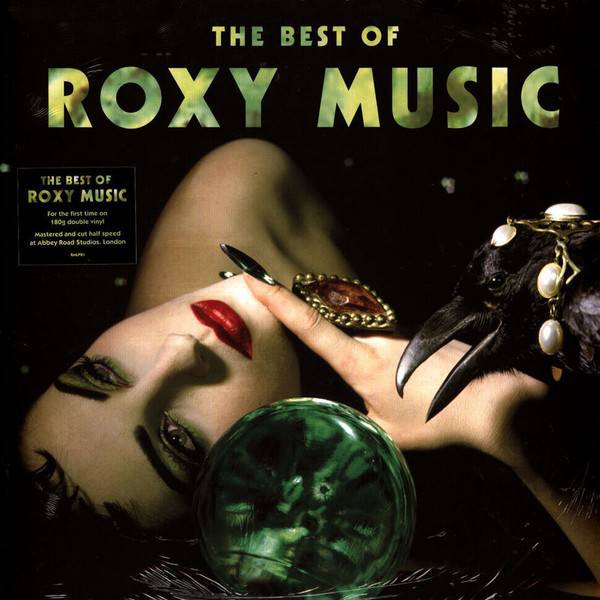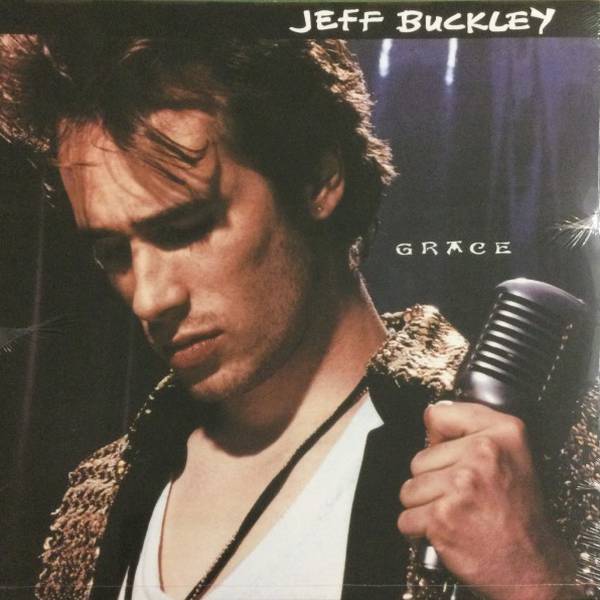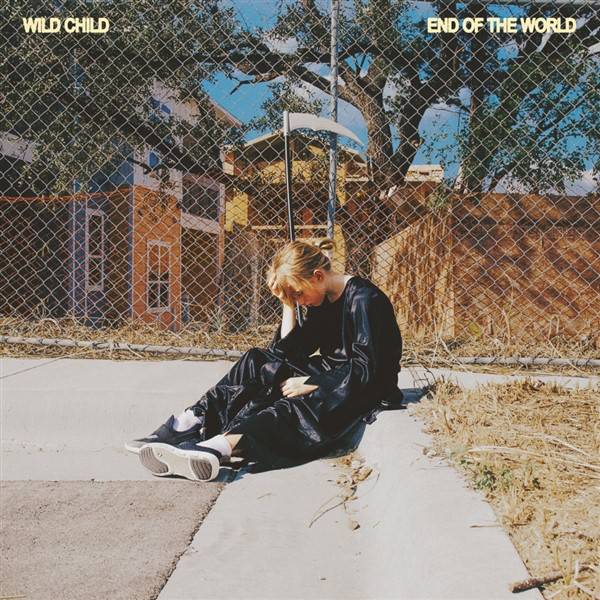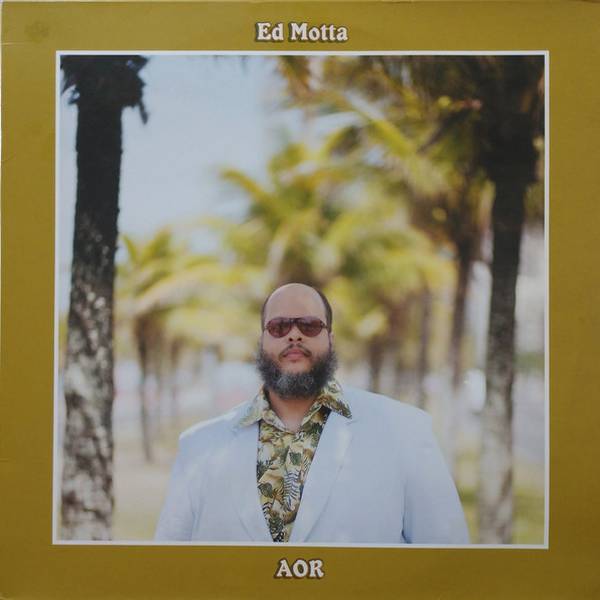
Tax included, Shipping not included
Maybe it’s because ever since my adolescence, I’ve always been a keen record collector. So recording is the apex of my career, the moment I most look forward to, the great reason for making music.
What is AOR? A north-American expression invented by radio stations in the 70’s -“Album Oriented Rock” and also “Adult Oriented Rock”. The term AOR has several meanings and aesthetic representations: records of different kinds of music like funk, soul, Brazilian, Argentine, French, Italian, reggae music, etc, can be described as AOR. Earth Wind & Fire is one of the best examples. A legendary soul/funk band that has been called AOR because of its extremely precise production standard.
AOR in Brazil? Lincoln Olivetti, Guilherme Arantes, Roupa Nova, mistress Rita Lee, Lucia Turnbull, Claudia Telles and the hits that are played to this very day by Dalto, Marcos Sabino, Renato Terra, Biafra, Radio Taxi, Don Beto, Ivan Lins in the 80’s, a long list.
One of the AOR offshoots is the Westcoast sound, California music, from the Beach Boys (actually, sunshine pop) to the great production Midas, David Foster. Pop music at its best as far as technical quality is concerned, both musically and sonically speaking. Doobie Brothers, Steely Dan, Pages, Chicago, Toto, Christopher Cross, Player, Hall & Oates, Boz Scaggs, etc, etc. Thousands of artists escorted by a whole cult following of sites, parties, new bands and artists dedicated to this universe. Naturally, all the AOR hits and rarities are available on Youtube.
My music has always greatly shared this aesthetic. So much in fact, that in the Japanese editions that were part of the OBI (special Japanese label) the acronym AOR was used to describe records like Poptical and the two Manuais Práticos.
This has been one of the most intricate records I’ve ever made. The mixing rate, for instance, was of one week per song. On most records, especially in Brazil, one day is set aside for each song. I used to work with 2, 3 days. One of the greatest talents that I’ve ever encountered in sound engineering, MarioLeo, was the technician in charge.
A shining sound is what you want in AOR culture, just like an extremely low bass is in a reggae recording. In the world of pop music, politeness is wrongly taken for coldness, mannerism. In AOR, technical perfection is a virtue, as in jazz and classical music.
I am very lucky to have had great musicians by my side, each one’s signature and accent is indispensable so that my arrangements can take on the life and shape I imagine for them. All of them are outstanding musicians, with personality and their own sound and style. And I got lucky: Chico Pinheiro, the bluesy leader of Incognito took part, as well as legendary guitarist David T.Walker, who has recorded just about everything and a little more of North-American music from the 70’s to the present day.
The lyrics of my songs were written by artists who I greatly respect: Chico Amaral (who also plays sax on the record), Adriana Calcanhotto, the Brazilian AOR diva, Rita Lee, comics artist, Edna Lopes and the great Argentine artist Dante Spinetta, who takes part in the song Latido, also using spoken word.
Before listening to this record, the modus vivendi and the AOR imaginary would put on a Hawaiian shirt à la Magnum PI, slip on a pair of loafers with no socks like in Miami Vice, get inside a convertible car and drive by coconut trees at sunset. Drive through Rio de Janeiro, Los Angeles, Miami, Hawaii.
Aloha!
Ed Motta
Details
Genre
Funk/Soul / Jazz / Funk / Soul
Release Date
25.09.2013
Cat No
233753
Produkt- und Herstellerinformationen
